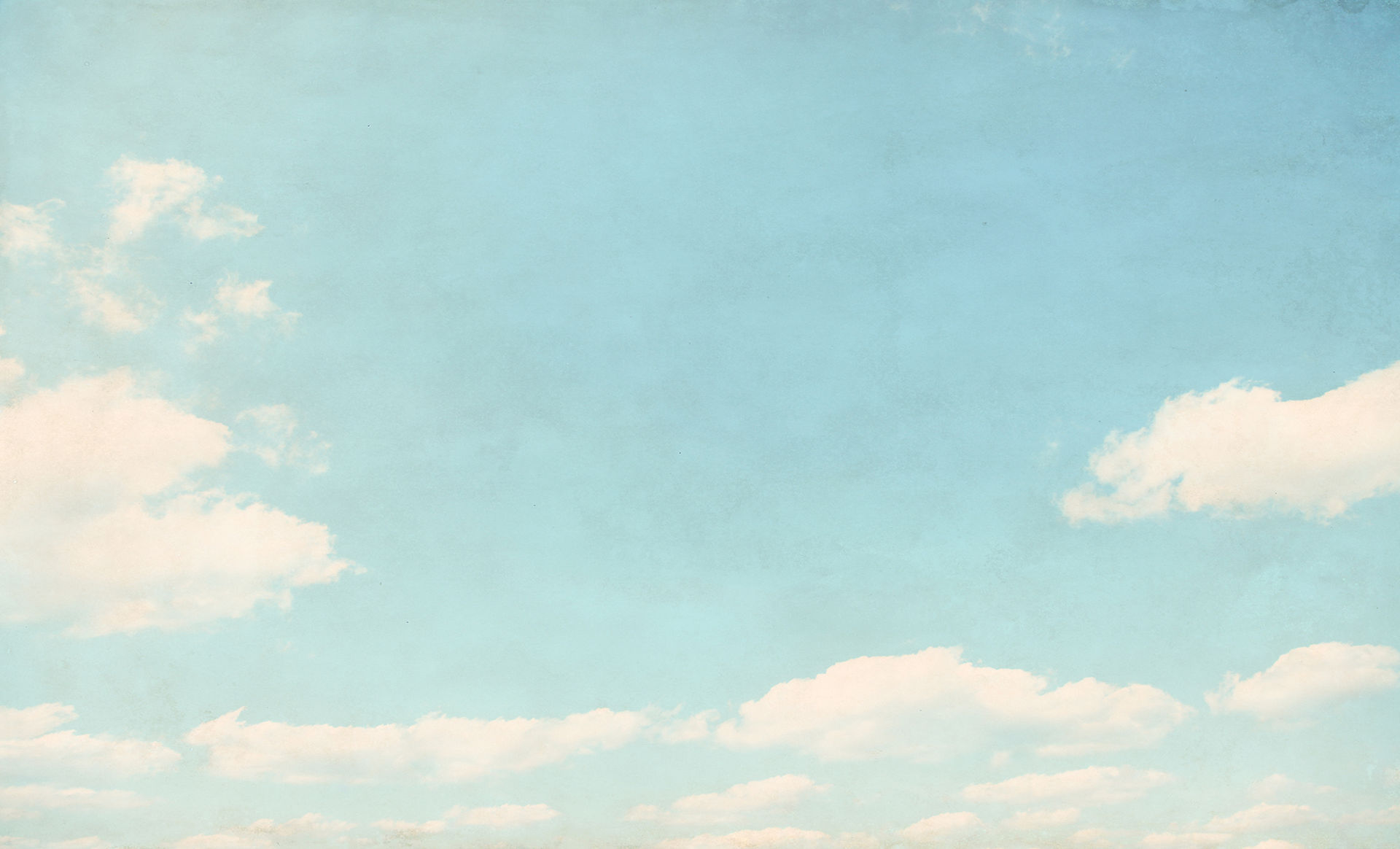
History, Fauna and Flora

Burke Rd Bridge (May 2015)
I'
OVERVIEW
The Yarra River was very important to Aboriginal people, and its name is thought to derive from Aboriginal words meaning "ever flowing".
In 1803, Charles Grimes, Acting Surveyor General of New South Wales, led the first party of Europeans up the Yarra River.
With the establishment of Melbourne beside its banks in 1835, the river provided shelter for the first ships and drinking water for the first inhabitants; it drained the neighbouring land; it was a ready made sewer; and it gave early industries the water necessary in their processes. After a steady deterioration in water quality during the 19th century, measures were undertaken more recently to clean up the river.
Over the years, the mouth of the river has been completely transformed by realignment, widening and deepening in order to create a large modern port.
FAUNA AND FLORA
The Yarra River rises east of Warburton and flows through Melbourne's eastern suburbs to Port Phillip Bay. Manna gums with their tall white trunks can be found along its upper reaches, their leaves an important food source for Koalas.
Riparian scrub occurs along much of the river. River red gums form a tree canopy with a dense understorey of silver wattles, river bottlebrush, prickly currant bush and tree violet. Rushes and sedges often line
In the Middle Yarra Parklands, isolated pockets of natural bushland survive, such as in the Burke Rd Billabong Reserve, Horseshoe Bend Reserve, and Wilson Reserve.

Chandler Bridge, seen from Main Yarra Trail (June 2015)